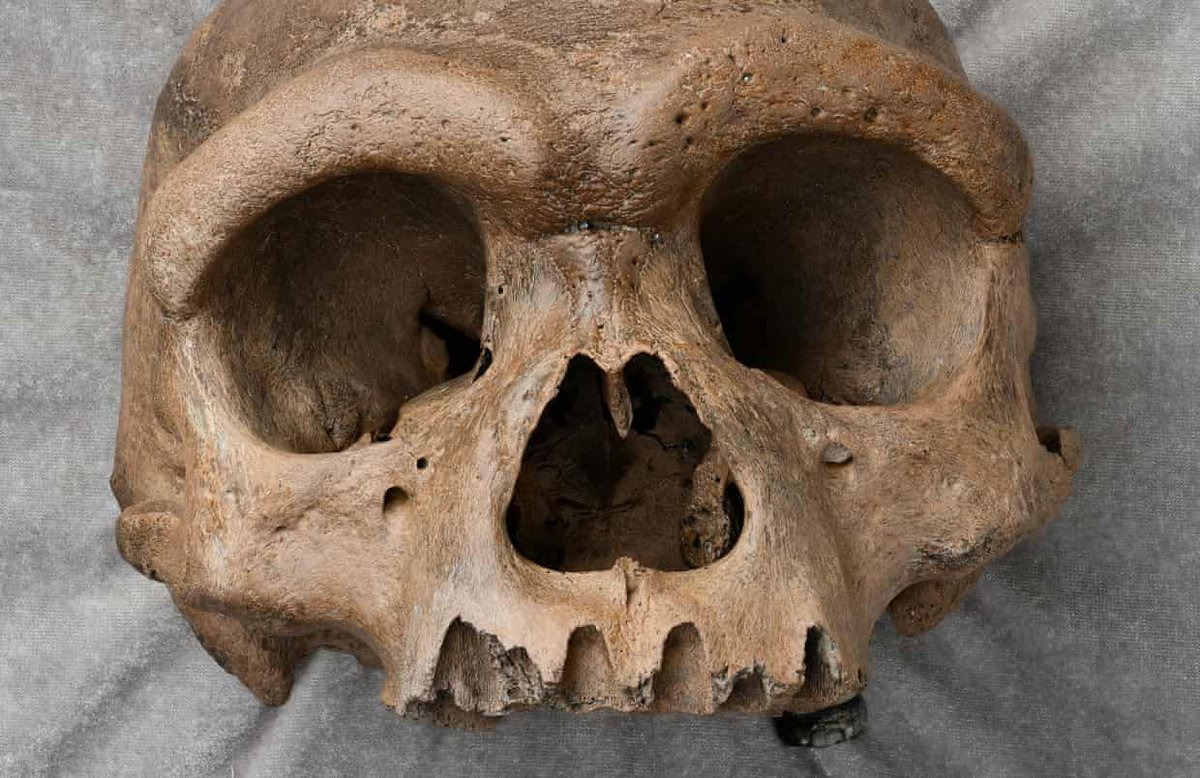Online/virtual professional conferences have been falling into my inbox with suddenly "significantly reduced registration fees" and "extended deadlines to take advantage of new prices". You can smell the desperation. There are better ways.
If you're going to treat a remote/online conference so explicitly as a product, then you need to show (not tell) your customers what value you are providing *beyond* the normal in-person event, because you're *removing* many of the benefits of in-person.
Why are you sending e-mails about an event months away without something *already online* that potential attendees can sample? If this is going to work, it's not because everyone agrees to log on to a registration-screened WebEx session 3 months from now.
We all have suffered through large sample sizes of sucky online sessions at this point. If the best you can do is hire consultants to sign people up for more sucky sessions, please stop. Stop, reboot, and start building new ways to interact. Make it free. FREE. Until it works.
Cramming hundreds of interactions into a few days is an artifact of the necessity of gathering people from distant locales into a physical place. We don't need to do that online. Let's try to find a better solution for professional development.
In Biological Anthropology, I admire what @VCampanacho is doing with #Bioanttalks virtual conferences. Focused topics, giving platform to global voices, successive and not concurrent. That's one kind of model. Still there are missing pieces and much space for innovation.
• • •
Missing some Tweet in this thread? You can try to
force a refresh














